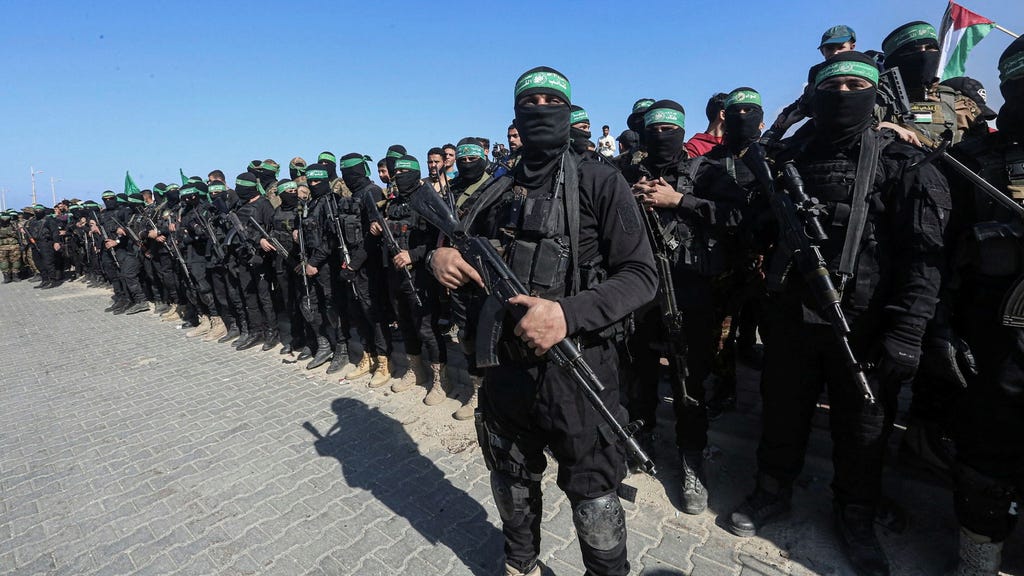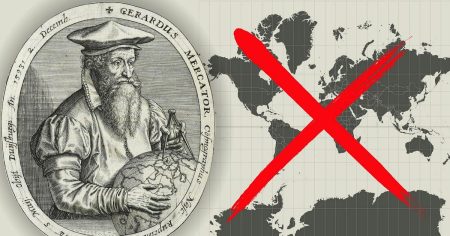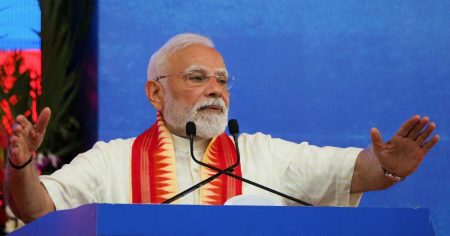The Gaza Ceasefire: A Complex Web of Negotiations and Challenges
A fragile ceasefire between Israel and Hamas is hanging in the balance, with the next stage of negotiations set to commence imminently. Mediated by the United States, Qatar, and Egypt, these talks aim to solidify a more permanent cessation of hostilities, culminating in Israel’s complete withdrawal from the Gaza Strip within a month. Hamas views this as a crucial objective, signifying the end of the war and a potential respite for the beleaguered enclave. However, Israel’s precondition for withdrawal – the demilitarization of Gaza – presents a significant obstacle. While President Trump has verbally supported this demand, Hamas is highly unlikely to relinquish its weaponry. This raises the possibility of the US compelling Israel to adhere to the ceasefire timeline, even in the face of Hamas’ refusal to disarm. The dilemma facing Hamas is profound: even if Israel withdraws and Hamas retains control, the daunting task of rehabilitating nearly two million displaced people and restoring their livelihoods remains.
Hamas has appealed to its allies – Turkey, Qatar, and Malaysia – to expedite the reconstruction process, hoping to preempt any involvement from Saudi Arabia and the United Arab Emirates. These Gulf states have made it clear that no aid will be forthcoming as long as Hamas remains in power. Netanyahu, likely with Egyptian backing, will seek to exclude Hamas’s allies from the reconstruction effort, a move that Trump may well endorse given his prioritization of Saudi Arabia in his vision for the region. This alignment is further underscored by the substantial arms and reactor deals worth nearly a trillion dollars between the US and Saudi Arabia. This complex interplay of regional alliances and economic interests adds another layer of complexity to the already delicate negotiations.
Netanyahu’s primary goal in his upcoming Washington visit is to secure President Trump’s commitment to allow Israel a free hand against Hamas following its withdrawal from Gaza. This would effectively grant Israel the authority to launch airstrikes and restrict the flow of construction materials in response to any attempts by Hamas to rebuild its military capabilities, particularly concerning missile production or tunnel construction. This aggressive stance seeks to preemptively address any potential future threats emanating from Gaza. However, this approach also risks reigniting the conflict and further destabilizing the already volatile region.
Hamas, in a surprising move, has offered its rival, the Palestinian Authority, a power-sharing arrangement in Gaza. This proposal involves the Palestinian Authority assuming administrative responsibilities while Hamas maintains security control. President Mahmoud Abbas, however, has rejected this offer outright, insisting on complete control or no involvement whatsoever. Abbas, who has regular consultations with Trump, likely factors the US president’s stance into his decision-making. This rejection further complicates the political landscape and underscores the deep divisions among Palestinian factions.
Netanyahu faces conflicting pressures in navigating this intricate political landscape. While he is drawn to Trump’s vision of a pro-American Middle East, culminating in a Saudi-Israeli peace accord, achieving this requires overcoming significant internal resistance. Not only are the settler parties within his coalition threatening new elections if concessions are made to the Saudis concerning the West Bank and Hamas remains in power in Gaza, but opposition is also brewing within his own Likud party. This internal dissent complicates Netanyahu’s ability to maneuver effectively and make concessions necessary for a lasting peace.
The reopening of the Rafah border crossing between Gaza and Egypt introduces another dimension to the situation. Controlled by Egypt, the UN, the US, and the Palestinian Authority – notably excluding Hamas – the flow of goods and people in and out of Gaza is now subject to stricter scrutiny. Although numerous underground tunnels still operate between Egypt and Gaza, providing a lucrative smuggling route for both Egyptian officials and Hamas, Israel is urging the US to pressure Egypt to shut down these tunnels by threatening aid cuts. Success in this endeavor would severely hamper Hamas’s ability to rearm. However, even without new weapons, Hamas maintains complete control over Gaza. The most significant threat to Hamas’s regime in the long run will not be Israel, but the potential for civil unrest among Gaza’s impoverished population if their dire living conditions remain unaddressed. This underscores the urgent need for a sustainable solution that addresses the humanitarian crisis and prevents further escalation of tensions.














